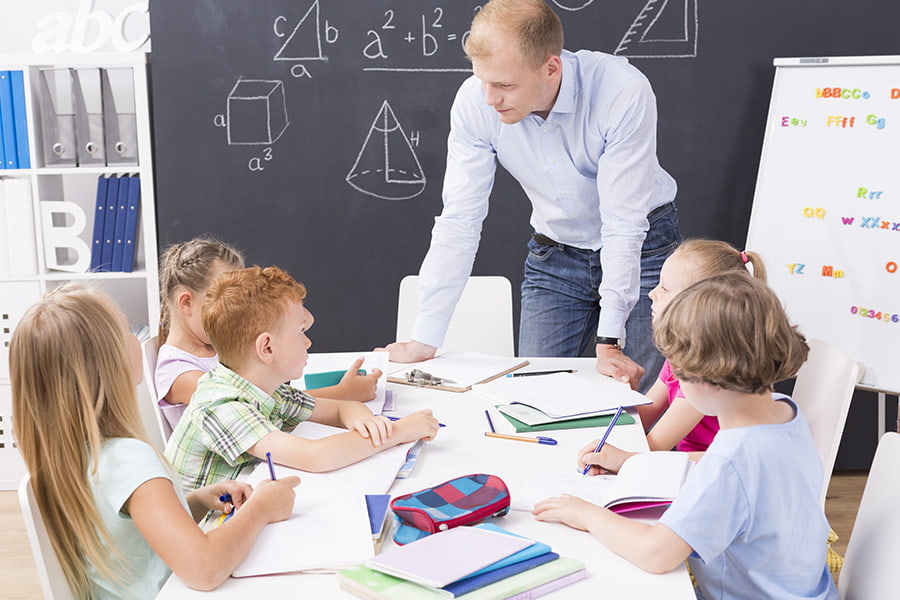If you went to public school, you probably saw the “resource room” every day where the special needs students in your school spent most of their time. Yet, besides seeing these students in the hallways and at lunch, what went on in there was always kind of a mystery. What exactly is “special education?” How is it different from gifted or remedial education? Do they learn the same things as students in traditional classrooms? Well, mystery solved.
The Basics of Special Education
Special education is defined on Teach.com as “specially designed instruction, at no cost to the parents, to meet the unique needs of a child with a disability.” These services are created for students who are mentally, physically, socially, and/or emotionally delayed and aim to help them achieve a higher level of success and self-sufficiency. These types of students usually benefit from alternate educational approaches and an adapted teaching area that fits their individual needs, as opposed to a traditional classroom. Public schools are required to offer special education until students reach the age of 21, while private schools have the option to offer it for their students. There are also state-sponsored services in place for adults over the age of 21 who still need them.
Special Education vs. Gifted Education vs. Remedial Education
While children who are intellectually gifted can benefit from specialized educational programs, these programs are not considered “special education.” Instead they are coined, “gifted education.” Special education is also different from remedial education. Remedial education is designed for students who are underprepared for their grade level, no matter if the students have special needs or not. Special education only focuses on those students who have disabilities that prevent them from learning at the same level as other students. Some of the more common disabilities that special needs students have are: Autism Spectrum Disorder, Speech/Language Impairment, Intellectual Disability, Deaf-Blindness, Developmental Delay, and Orthopedic Impairment.
Special Education Teaching Strategies
Since special needs students learn differently, there are different teaching strategies in place to help these students learn the necessary material. These techniques are often classified as accommodations or modifications. An accommodation is an adjustment to teaching practices where the student learns the same skills and ideas, but the format is made more comprehensible for them. For example, for homework assignments, instead of having the student write the answers themselves, they verbally give them to someone else who writes them down. A modification alters the learning material to make it simpler for the special needs student to learn. One example of this is that students with lesser-developed fine motor skills may learn to write block letters, but not cursive.





